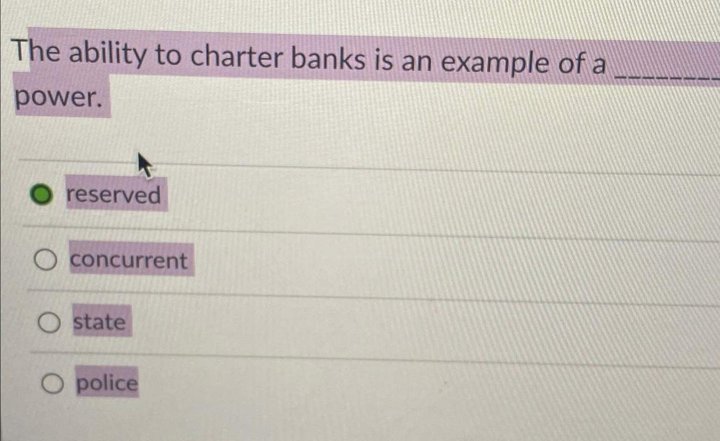How Did Benito Mussolini Come to Power?
In 1922, Benito Mussolini, a charismatic and ruthless Italian politician, came to power after a series of dramatic events that shook the country. But how did this seemingly unremarkable figure rise to become one of the most infamous dictators in history? In this article, we’ll explore the key moments that led to Mussolini’s ascent.
The Rise of Fascism
In the aftermath of World War I, Italy was plagued by economic instability, political unrest, and social chaos. The country was ripe for a strongman figure who could impose order and stability. Enter Benito Mussolini, a former Socialist Party member turned nationalist ideologue.
Mussolini founded the National Fascist Party (PNF) in 1919, a far-right organization that preached the importance of national pride, military strength, and authoritarian rule. The PNF’s populist message resonated with many Italians who were disillusioned with traditional politics and eager for change.
The March on Rome
In October 1922, Mussolini seized his opportunity to take power. He orchestrated a mass rally in Rome, known as the “March on Rome,” which brought thousands of supporters from across Italy to the capital city.
As the crowd gathered, King Victor Emmanuel III was forced to consider Mussolini’s demands for a government position. The King ultimately appointed Mussolini Prime Minister, marking the beginning of fascist rule in Italy.
The Consolidation of Power
Mussolini quickly consolidated his power by eliminating opposition and imposing his authoritarian regime. He used propaganda, intimidation, and violence to crush dissent and silence critics.
In 1924, Mussolini dissolved Parliament and established the “Acerbo Law,” which allowed him to govern Italy without legislative oversight. This marked the beginning of a one-party state, with the PNF as the sole governing party.
The Fascist Regime
Mussolini’s regime was characterized by authoritarianism, nationalism, and militarization. He established the Italian Empire, annexed Ethiopia, and intervened in the Spanish Civil War on the side of General Francisco Franco’s Nationalists.
Mussolini also promoted Italian culture and identity through architecture, art, and education. The iconic Duomo in Rome was rebuilt, and the country became a hub for fascist propaganda and ideology.
The Fall of Fascism
However, Mussolini’s regime was ultimately brought down by his own reckless decisions and the consequences of World War II. Italy’s declaration of war on France and Britain in 1940 led to disastrous military defeats, and Germany’s invasion of Italy in 1943 forced Mussolini from power.
The Italian Resistance movement, with the help of Allied forces, eventually defeated the fascist regime, and Mussolini was captured, tried, and executed in April 1945.
Conclusion
Benito Mussolini’s rise to power was a complex process marked by cunning politics, strategic alliances, and brutal suppression of opposition. His legacy is one of authoritarianism, militarization, and xenophobia, serving as a cautionary tale about the dangers of unchecked nationalism and political ambition.
References:
Smartphone Cases Amazon: Protect your phone from scratches, drops, and more with our curated selection of smartphone cases on Amazon. From sleek and slim designs to bold and colorful options, we’ve got you covered. Discover the perfect case for your device and keep it looking fresh.
Best VR Headset for Gaming Reddit: Ready to level up your gaming experience? Our expert round-up of the best VR headsets on Reddit will guide you through the top contenders. From Oculus to HTC, we break down the pros and cons of each headset so you can make an informed decision.






